By Megan Marshall
Justin Parks, “Race and National Identity in Modernist Anthropology and Toomer’s The Blue Meridian,” Texas Studies in Literature and Language 62.3 (2020): 344-67.

What initially drew you to the long poem, “The Blue Meridian,” by Jean Toomer (1894-1967)?
I had been wanting to spend some time with it for several years, since I first read about it, so the article was an excuse to do that. I work on poetry, so I was intrigued by this poem that didn’t seem to get nearly as much attention as the much more famous Cane. Of course “The Blue Meridian” doesn’t hold up to Cane, which is really Toomer’s masterpiece, but sometimes as a critic I’m more interested in what I can find to say about a text than in my own aesthetic experience in reading it. Of course, that’s not to say that I don’t enjoy the poem! I am particularly intrigued by the way the poem stages issues of nation and cultural belonging, and especially race. Its handling of race is of course problematic by contemporary standards, as I and others have pointed out, but the particular ways in which it is problematic make the poem all the more compelling as a reflection of its period.
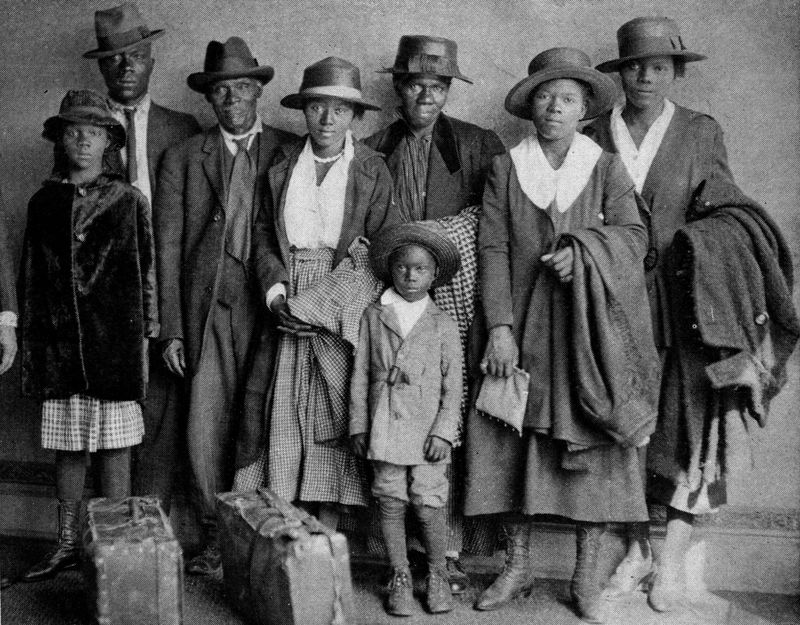
For readers who haven’t heard much about the Harlem Renaissance, could you give us a brief introduction?
The Harlem Renaissance was a movement in the arts and culture centered around the Harlem neighborhood in upper Manhattan that took place during the 1920s. Harlem was an important center of the African American population following what became known as the “Great Migration” of African Americans attempting to escape the rural poverty and racial violence of the South and find work in Northern industrial centers such as New York, Chicago, and Detroit after World War I. The movement’s major intellectual leaders were W. E. B. Du Bois and Alain Locke, both highly educated and well respected African American thinkers. The movement fit into Du Bois’s vision of “racial uplift,” in which the “talented tenth”—a kind of intellectual and cultural elite consisting of the top tenth of the African American population—would pull the rest of the race up behind it, as it were. (This was in contrast to the “bottom-up” ideas of racial uplift associated with figures such as Booker T. Washington.) Alain Locke is best known for publishing an anthology of writing titled The New Negro in 1925, which included many of the period’s writers, and thus reads like a who’s who of the movement. The movement is most often associated with writers such as Langston Hughes, Claude McKay, and Countee Cullen, Nella Larsen, and Zora Neale Hurston.

What was Toomer’s role in that Renaissance?
Toomer was kind of like the movement’s mascot. Cane came out early—in 1923—and everyone was reading and talking about it. It really galvanized the movement, and Toomer had trouble living up to the expectation to produce a successor, which is no doubt at least partially why “The Blue Meridian” took so long to write (and why he didn’t write much of note after that). Cane was in many ways more a product of Greenwich Village bohemianism than the Harlem Renaissance, which it slightly predated. So Toomer wasn’t really a “Harlem Renaissance writer” in the strict sense.
If you could recommend another of Toomer’s works, what would it be, and why?
Cane really deserves its reputation as the most significant of Toomer’s texts—really, it’s one of the most significant texts of that entire period. To me, the most fascinating thing about Cane is the range of genres it manages to incorporate, from lyric poems to narrative prose to elements of Southern Black folk and storytelling traditions. Of course, it’s been written about a lot, so as a critic, I find it’s more interesting to work on texts that have received less attention, which was one of the things that drew me to “The Blue Meridian.” I would add that as advice to students who aspire to academic careers: find texts that have received less coverage to write about!

The US Census categorizes Americans as it counts them. What might Toomer’s works suggest about this practice?
As I wrote in the essay, census categories often mark important shifts in terms of how we think about race in relation to national culture. For instance, in 1920, the category “mulatto” was removed from the census, which implies that one would have had to identify as “either-or”; Black or White. This either-or logic is very much a part of how we have tended historically to think about race in the US (as well as many other aspects of culture besides: Hatfields and McCoys, Democrats and Republicans, etc.). The census still tends to reflect our collective ideas: for instance, the 2010 census still used the term “Negro,” which is obviously problematic, but the official explanation was that older members of the African American population still identified themselves as such. We’re very much living with a charged racial atmosphere in 2021: in recent weeks, Derek Chauvin’s trial for killing George Floyd last year, which touched off a summer of protests, has taken place—with yet more police killings occurring even as the trial unfolded (including one in Minneapolis, the same city where Floyd was killed, and one—shockingly—of a thirteen year-old in Chicago). Chauvin was convicted of murder, unlike the perpetrators in similar previous cases, so hopefully that will serve as a precedent in cases involving uses of unnecessary force, especially against members of minority groups, by law enforcement. Racial injustice and violence, which have always been there but have maybe been less visible at times, are very much part of the national conversation at the moment, and that has a bearing on the categories we use and the way we talk about race.

How should we understand the phrase “the man of blue”?
I think Toomer’s blue man is precisely the image he adopts to get out of the either-or bind I just mentioned. He didn’t want to be pigeonholed according to color, and blue—absurd as the image is—suggests a kind of blending of all races, all colors.
What is interesting about Toomer’s family and education?

What’s interesting about Toomer is that he really did represent a very mixed background. His maternal grandfather was a Civil War hero and (briefly) Reconstruction-era governor of Louisiana, the first African American to hold the office of governor of any state. Toomer grew up mostly within the Black upper middle-to-upper class milieu of Washington, DC. He was really unsettled as a young man, studied here and there, and tried a bit of everything. The story “Kabnis,” which ends Cane, is a fictionalized account of his own experiences teaching in the South as a young man—an experience that I guess you could say completed his education. (The story fits into the narrative pattern of the young Black Northern-educated intellectual who goes to the South to supplement this formal education with a “folk” education—a trope you see in the work of Du Bois, Zora Neale Hurston, and the poet Sterling A. Brown, to name just a few.)
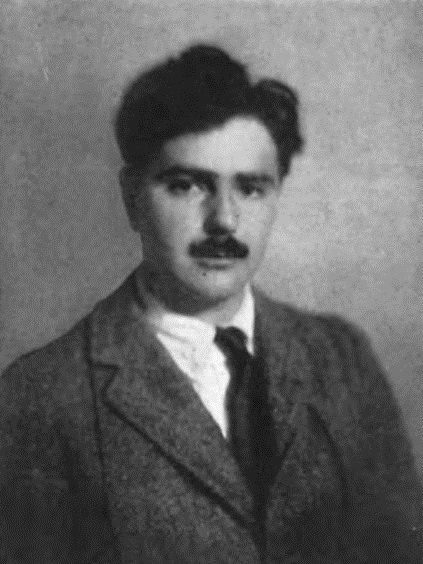
Was there anything in Toomer’s biography that especially surprised you?
Yes! He was very close to Waldo Frank in the early twenties, when Frank was a much more famous, better established cultural figure. As I mentioned in my essay, they had a falling out—ostensibly over Frank’s foreword to the 1923 edition of Cane, which positioned Toomer as a “Negro writer,” as well as Frank’s exoticizing depiction of African Americans in his novel Holiday, which was published the same year. Of course, those are good reasons for a falling out on their own, but it seems that the real reason they fell out was good, old fashioned jealousy: Toomer was having an affair with Frank’s wife, Margaret Naumburg, with whom he shared an intense interest in the teachings of the mystic George Gurdjieff. In fact, Toomer seemingly liked to court scandal, which he did most openly and publicly by marrying Margery Latimer in 1931, in clear violation of the then-strong miscegenation taboo. News of the marriage made national headlines. One gets the sense that whatever his personal attractions may have been, Toomer also liked to ruffle feathers by resisting racial norms. This fits his profile generally, as an intellectual who was particularly resistant to categories of race.

“The Blue Meridian” was first envisioned in the 1920s, and published in 1936. How might the poem be received by non-academic readers today?
It contains some really resonant images that I think we can still learn from (even if we would cringe at some of its racial politics, particularly its attribution of race to “blood”). I think the future the poem projects, in which we would no longer be divided on the basis of skin color, remains desirable, if still quite remote from where we are today. The poem could serve as a very powerful reminder to non-academic readers that the racial inequality and tension we see today is nothing new, that—if anything—it is the single most persistent and painful issue in US history, even if the way we think about race has changed over time.
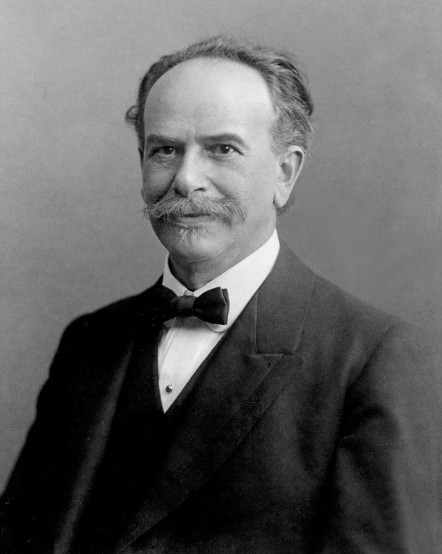
Franz Boas (1858-1942) is considered the founder of the American anthropological tradition, and emphasized a democratic perspective on culture. In what ways has your knowledge of his work influenced your understanding of contemporary race relations?
Boas was really the first intellectual of national (or even international) standing to advocate for cultural relativism. The prevailing idea in anthropological discourse up until Boas’s time was heavily influenced by Charles Darwin and Herbert Spencer, and held that different cultures could be understood vertically, as representing different stages of evolution, with Anglo-American culture (of course) at the top. Boas argued for a horizontal definition of culture, in which non-Western cultures represented not earlier stages of development, but simply different cultural norms; any one culture was every bit as “modern” as the next, and had its own standards and norms. In addition, Boas was a vocal opponent of scientific racism. For Boas, there was nothing essential about race; race was merely an expression of an individual’s enculturation within a particular group, a social construct rather than a set of innate characteristics. He influenced a whole generation (or more) of anthropologists that included Alfred Kroeber, Ruth Benedict, Edward Sapir, and Zora Neale Hurston, and his ideas have been very influential.
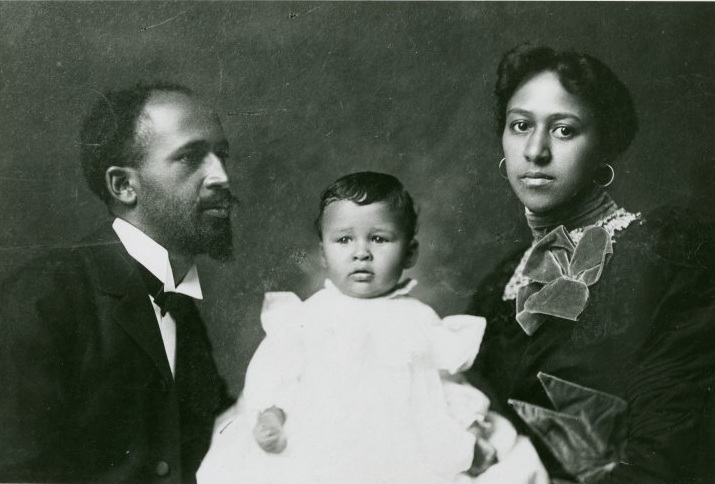
You touch on W.E.B. Du Bois (1868-1963), an African American sociologist who went on to found the National Association for Advancement of Colored People (NAACP). How did his landmark ideas shape Toomer’s writing?
In The Souls of Black Folk, which was published in 1903 and is still one of the great texts of American literature, Du Bois writes that “the problem of the twentieth century is the problem of the color line.” He made that declaration at the beginning of the century, but he almost just as well could have made it at the end, since it turned out to be so prescient. This is also the problem Toomer tries to “solve” in “The Blue Meridian”: He proposes that the idea of racial difference predicated on Black-versus-white logic will be eradicated when these categories become so intermixed they become meaningless and a new hybrid race—the “American”—emerges. In The Souls, Du Bois also described what he called African Americans’ “double consciousness”—a complex idea with a long afterlife, but at risk of oversimplifying, we could say is the consciousness of being both Black and American. We can also see the influence of this idea on Toomer, as he imagines national identity in effect becoming racial identity through the hypothetical emergence of this “new” race, the “American.”

Scientific racism attempts to provide “evidence” of racial inferiority, citing biological anthropology to suggest a difference in evolution between certain groups. Where might we see this pseudoscience impacting current views of race?
I think we can hear an echo of these views whenever we are faced with an essentialist understanding of race, which still happens, for instance, in discussions about achievement gaps in terms of education or income, incarceration rates, crime, etc. On the one hand, there is nothing essential about racial difference. On the other, it is a very powerful cultural construct.

If Toomer were alive today, what is one thing that you would want to ask him?
I would want to ask him what signs of progress he could see in our attitudes concerning racial and cultural differences in relation to national belonging over the past hundred years. I would also want to ask him how (if at all) his own views concerning race had changed since he wrote Cane and “The Blue Meridian.”
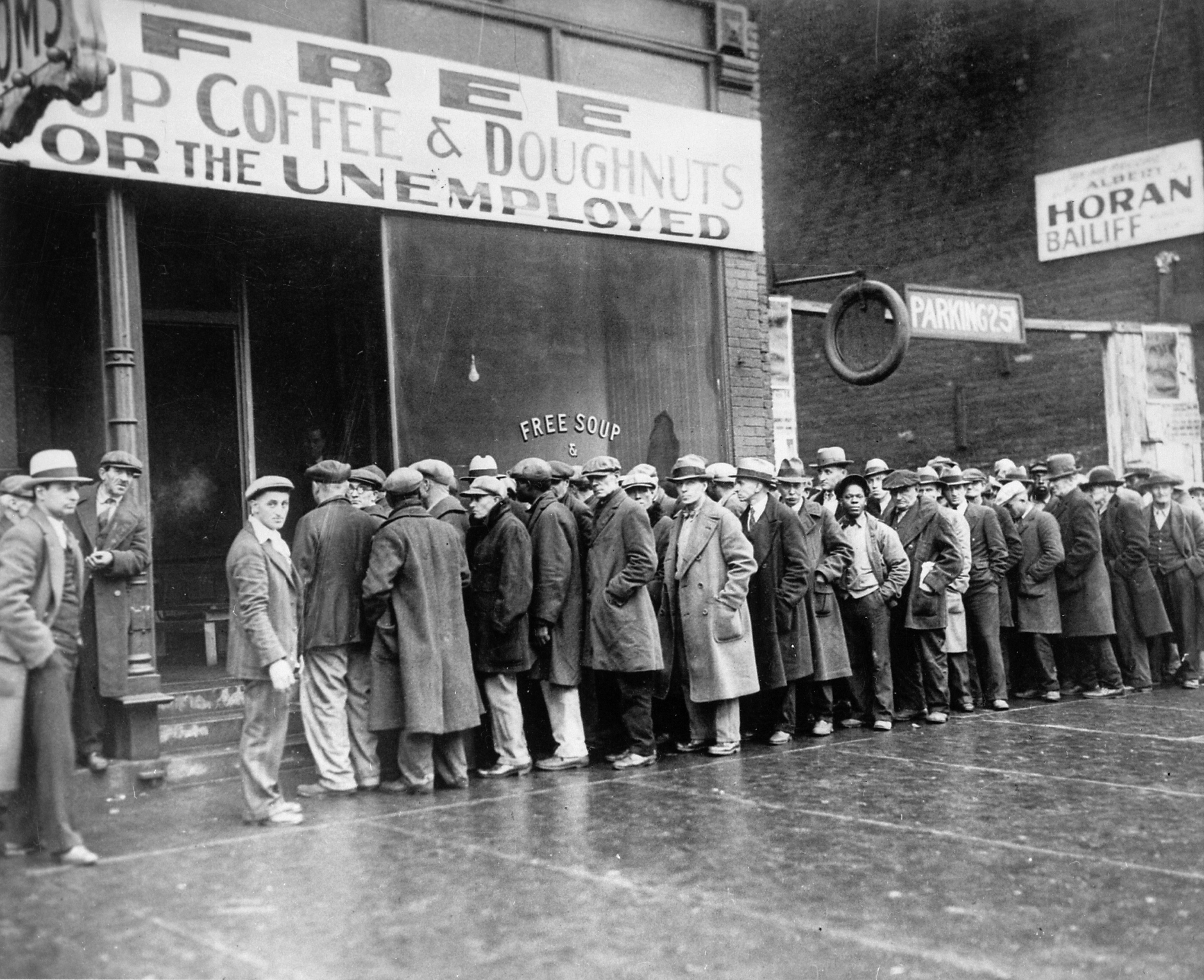
What are you currently working on?
Broadly speaking, my work addresses US poetry in relation to modernity. I am currently working on a monograph on poetry and crisis in the 1930s Depression, which I’m hoping to complete a draft of during my current sabbatical (I’m almost there). To put it briefly, I argue that the economic and social crisis of the period finds its corollary in a crisis with respect to language as a social and material phenomenon. There’s a skepticism concerning language as a medium of communication and source of cultural cohesion, which poetry—as a language-based art—addresses in various ways, sometimes by attempting to embrace elements derived from the period’s mass media and popular culture as a means of bring poetic language up to date, and at others by turning its back on modernity altogether to embrace the outmoded and the primitive. I see these two seemingly contradictory trends as representing a kind of “Janus-faced” response to modernity during the Depression, which revealed the US to be constituted by an uneven geography defined by the existence of the hypermodern alongside the premodern. My work on Toomer doesn’t fit into the project, but there is some overlap in the sense that many poets in the thirties harbored a genuine ambivalence toward modernity—which one certainly sees in Toomer’s work, and in the period’s anthropological discourse, which itself very often registered a kind of intellectual skepticism toward the rhetoric of progress.
I also just edited a special issue of another journal (Textual Practice) on the topic of literature in relation to extractivism, the concept/attitude that natural and human resources are exploitable commodities that should be extracted and turned to profit. My own article in the issue deals with the Depression-era work of Muriel Rukeyser and the contemporary poetry of Mark Nowak in relation to toxic mining practices. I am increasingly drawn to models of criticism that situate literature with respect to energy regimes, past and present—a field that has really gained momentum in recent years.



